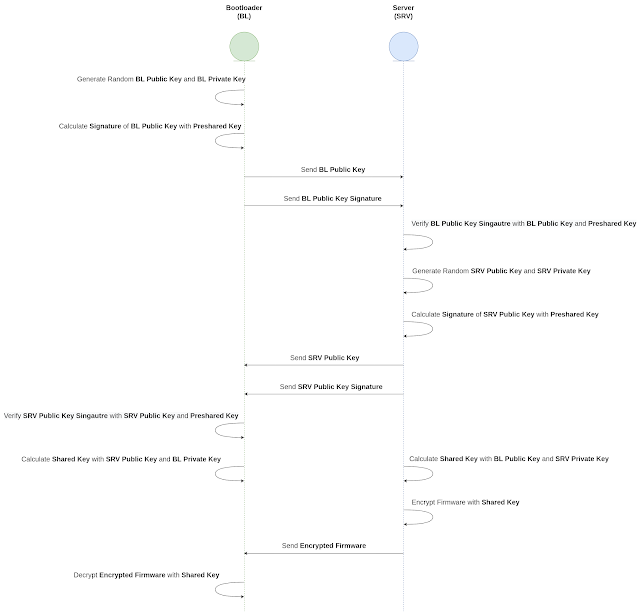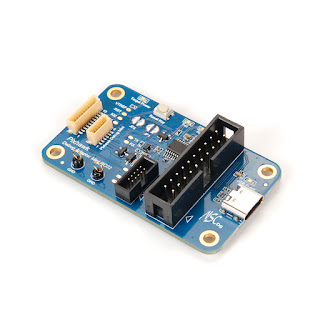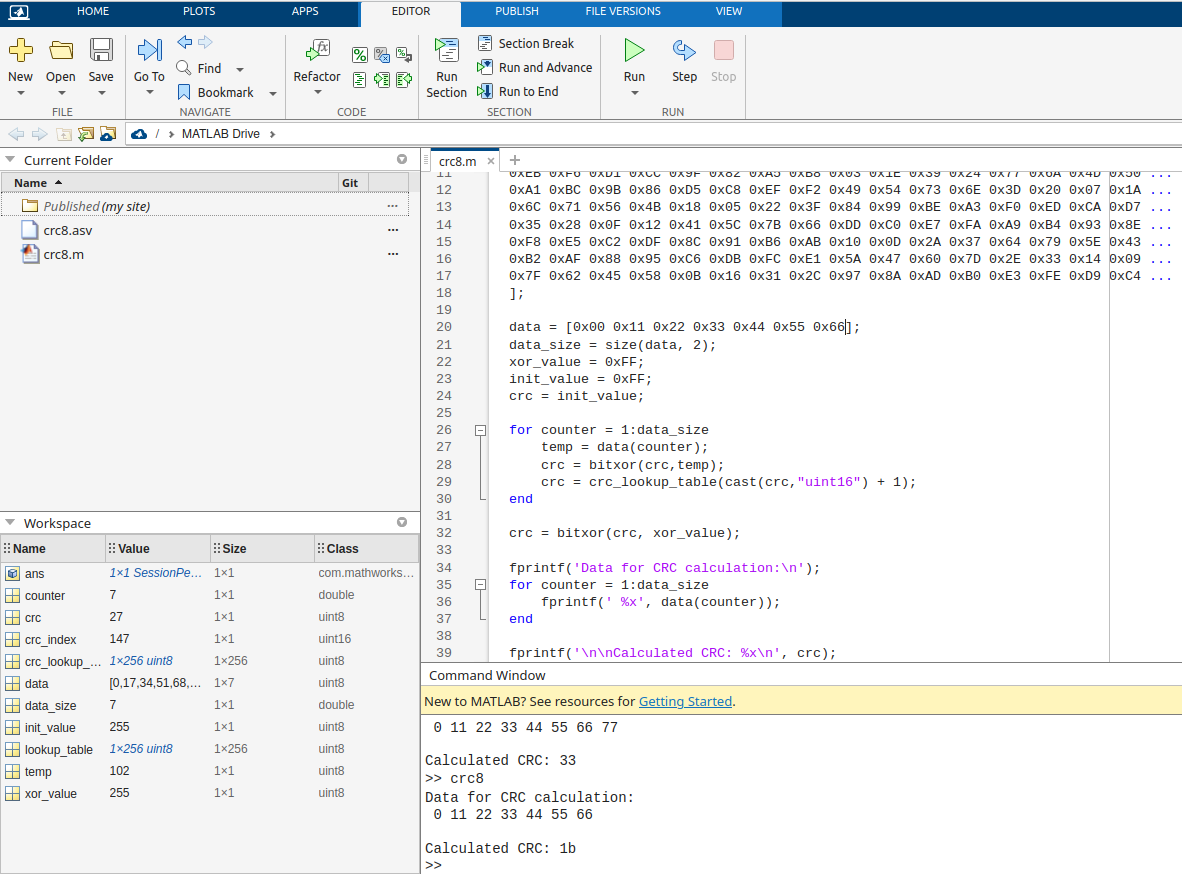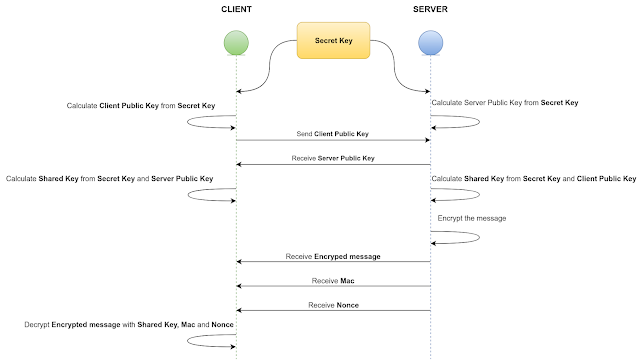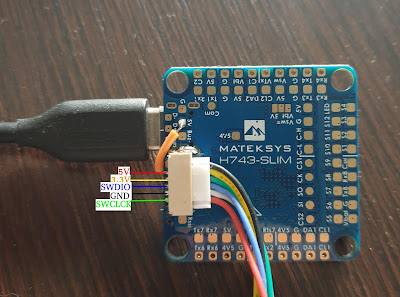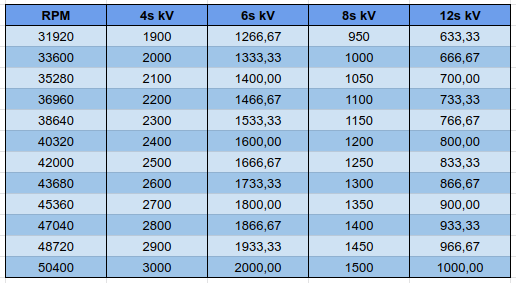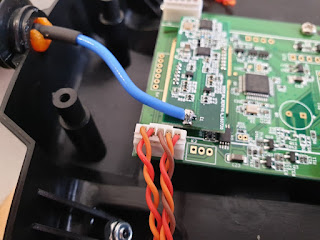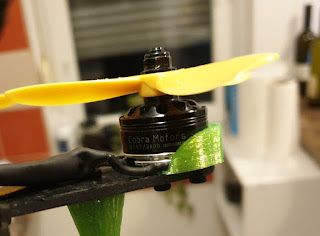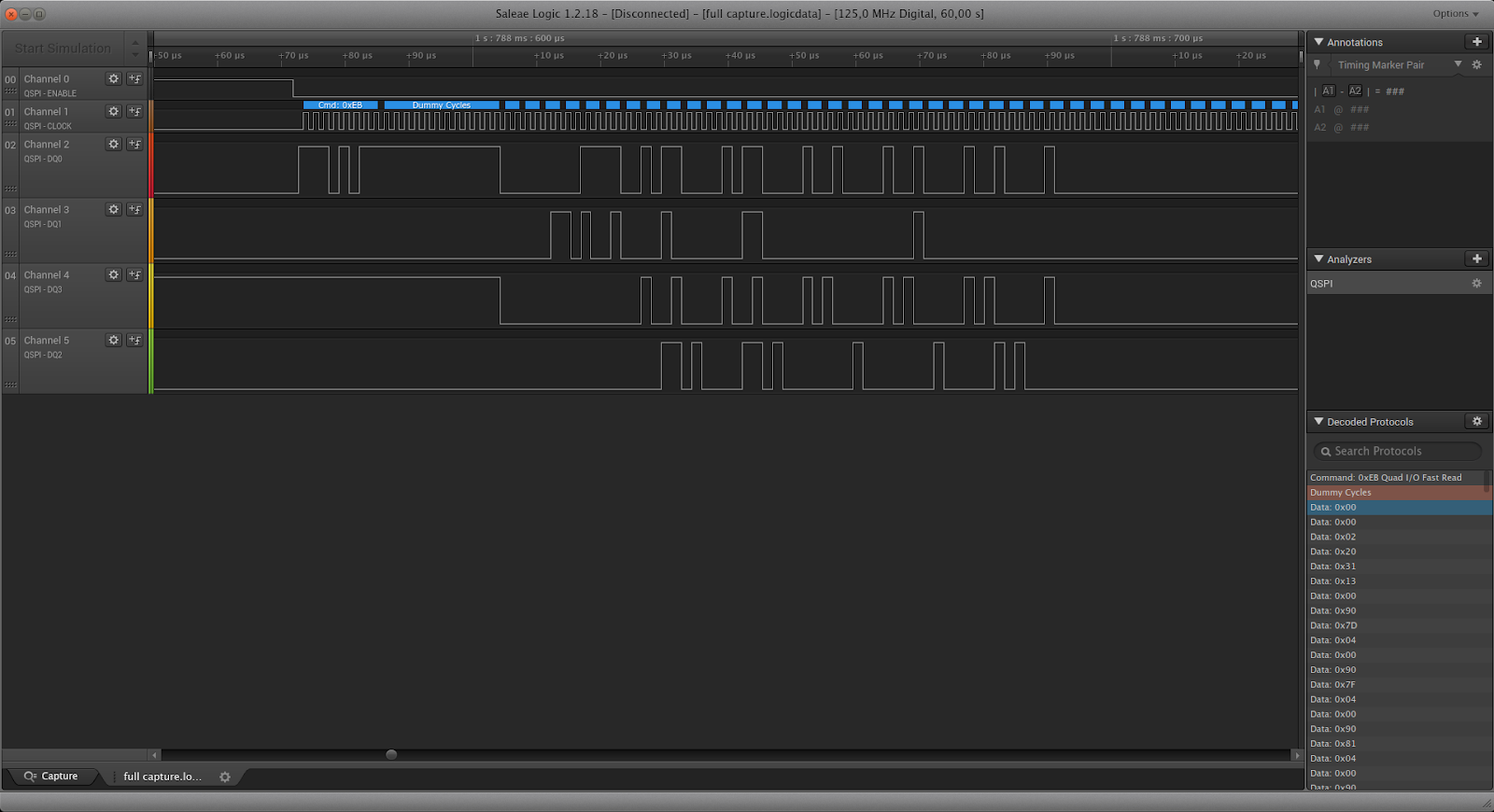VL53L5CX-SATEL connect to Pixhawk

This sensor has one of the worst documentation on the internet. It took me too long to start I2C communication with it so I decided to write the notes here. My initial goal was to write a driver for PX4 Autopilot, so here are my findings. I2C address The address 0x52 mentioned in VL53L5CX documentation is the one shifted to the left. So the real address is actually 0x29 . i2cdetect PX4 If you going to use the i2cdetect application from PX4 you will not be able to read any address because VL53L5CX doesn't respond with the ACK for some reason that I didn't investigate. Connecting the wires To connect wires you don't need to connect AVDD and PWREN to 5V. The board has a 3.3V voltage regulator that turns 5V to 3.3V. You can reuse it to connect it to the EVK_IOVDD pin, so you don't need to wire an extra pin and it is very useful for a PX4 I2C standard connector. With this setup, you will be able to connect VL53L5CX to Pixhawk without the need for a 3.3V wire. If this save



